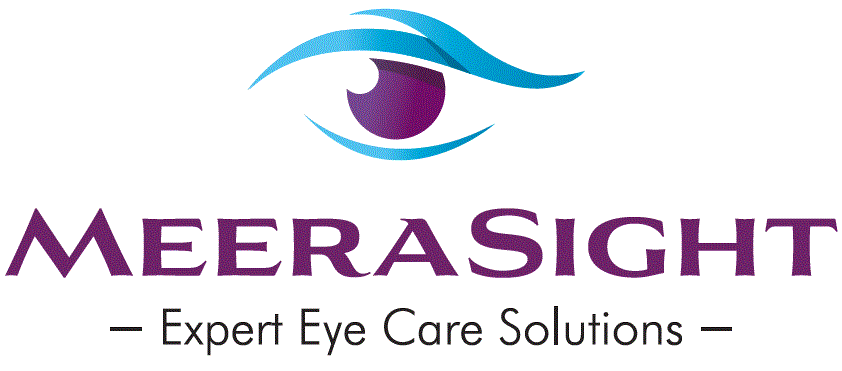
Children are not just small adults. They cannot always say what is bothering them. They cannot always answer medical questions, and are not always able to be patient and cooperative during a medical examination Sometimes the only clue may be poor performance in school as well viewing the blackboard at a very close distance.
The potential problems unique to the developing visual system of a child can lead to permanent vision loss if not detected and treated appropriately. Problems such as amblyopia (lazy eye) and strabismus (when the eyes don’t look in the same direction at the same time) can be treated effectively prior to age 8; afterwards, it is often too late and vision loss may be permanent.
Common Eye diseases in children are:
• Refractive errors
• Lazy eye disease
• Eye injuries
• Squinting of eyes
• Watering from the eyes
• Eye allergies
We at MeeraSight know how to examine and treat children in a way that makes them relaxed and cooperative. In addition, we use equipment specially designed for children.
When shall you take your child for an eye exam?
-
A routine examination should be performed by a pediatrician when the child is born.
-
High-risk newborns (including premature infants), those with a family history of eye problems, and those with obvious eye irregularities should be examined by an eye doctor.
-
At least two routine eye examinations should be performed by an Ophthalmologist first, when the child is around 2-3 years and the again at the age of 5 years before the child starts formal school.
-
After age 5, routine screenings should be done annually by an ophthalmologist.
-
Apart from these if your child is having any of these signs:
-
Crossed eyes.
-
Keeps object close to his eyes.
-
Not being able to see the blackboard at school.
-
Things looking blurry or funny.
-
Feeling an itching, burning or scratchy sensation in the eyes.
-
Injury to the eye.
-
One or both the parents wear glasses
-
